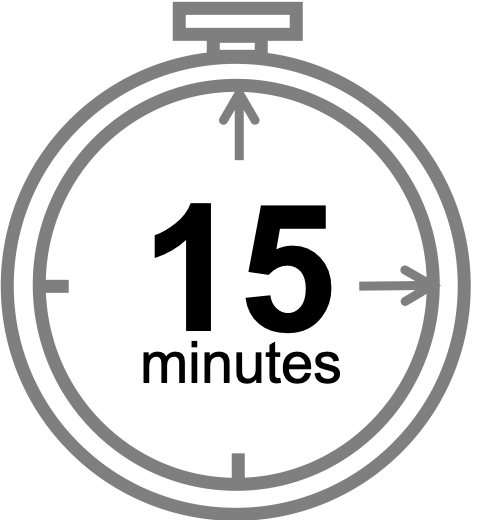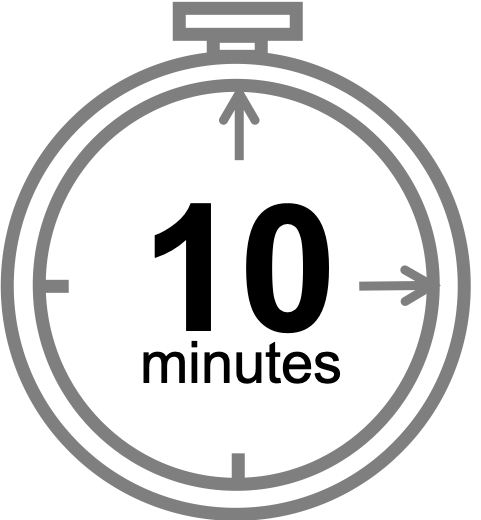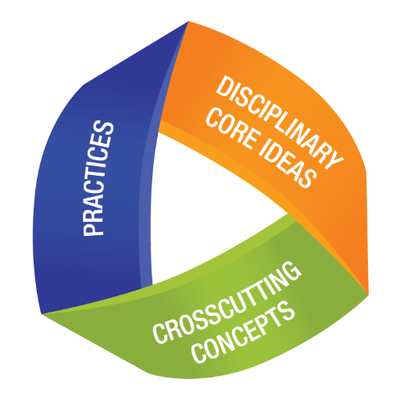This Season's Hottest Trends: Climate Modeling
Have you ever wondered how climate models work and why expeditions like MOSAiC are so important for refining them?
Atmospheric scientist Dr. Katharine Hayhoe demystifies climate models in this video.
 Quick Bite: What is Climate?
Quick Bite: What is Climate?
To answer this question, it is helpful to contrast climate with weather. Have your students observe this map showing climate zones around the globe. Then, let them play around with this interactive map of today's weather all around the world. Ask them to share what they notice about these two maps. How do they compare or contrast? Based on what you noticed, how would you define climate and differentiate it from weather?
Video: The Climate is Changing, but How's the Weather?
![]()
![]()
![]()
 Quick Bite: Climate in the Arctic
Quick Bite: Climate in the Arctic
Why is the Arctic so much colder than the equator? What is the role of sunlight in the Arctic climate system?
Have your students look at two different figures that both illustrate important components of the Arctic climate system. As a class, discuss what each of the figures is showing and how these figures relate to the two questions above.
Learn more about Arctic weather and climate
![]()
![]()
![]()
![]()
![]()
![]()
 MOSAiC Weekly Tracking
MOSAiC Weekly Tracking
Plot the Polarstern
Each week we will provide you with the latitude and longitude coordinates of the Polarstern so that your students can track its journey across the Arctic in your classroom.
Download the map to plot coordinates
Download a larger map of the Arctic for a bigger picture view of the expedition area
Location of the Polarstern
| Date | Latitude | Longitude |
| September 16, 2019 | 69.68 N | 18.99 E |
| September 23, 2019 | 72.31 N | 26.93 E |
| September 30, 2019 | 85.12 N | 138.05 E |
| October 4, 2019** | 85.08 N | 134.43 E |
| October 7, 2019 | 85.10 N | 133.82 E |
| October 14, 2019 | 84.85 N | 135.03 E |
| October 21, 2019 | 84.97 N | 132.73 E |
**Day when MOSAiC reached the ice floe that the Polarstern will become frozen in and drift with for the next year.
Log MOSAiC Data
Download a MOSAiC Data Logbook to keep track of Arctic conditions over the course of the expedition
Arctic Data*
| Date | Length of day (hrs) | Air temperature (deg C) at location of Polarstern | Arctic Sea Ice Extent (million km2) |
| September 16, 2019 | 13.25 | High: 10 Low: 4.4 | 3.9 |
| September 23, 2019 | 12.35 | High: 6 Low: -1 | 4.1 |
| September 30, 2019 | 9.1 | -4.7 | 4.4 |
| October 4, 2019** | 6.27 | -13.0 | 4.5 |
| October 7, 2019 | 3.05 | -8.2 | 4.6 |
| October 14, 2019 | 0 | -14.7 | 4.8 |
| October 21, 2019 | 0 | -12.8 | 5.4 |
*Note: We expect data to fall within the following ranges: Length of day, 0-24 hours; Temperature, -40 to 14 degrees C; Sea ice extent, 3-15 million km2
**Day when MOSAiC reached the ice floe that the Polarstern will become frozen in and drift with for the next year.
 #askmosaic: Polar Bears at the Polarstern
#askmosaic: Polar Bears at the Polarstern
Student question: Do you think you will come across wildlife?
Great question! Here is one experience with Arctic wildlife that folks on the Polarstern had last week:
Yesterday evening again two polar bears came close to our ship...Nobody was on the ice when the bears appeared and there was no danger for the expedition's participants. For our own safety and for the safety of the polar bears, we don't want them to get used to being our neighbors. The expedition's lead and professional polar bear guards therefore chased them with the flashbang of a flare gun. The bears were not injured and left the area immediately. Photo: Esther Horvath, AWI
Watch an interview with Trude Hohle, a polar bear guard on the Polarstern
Submit your question!
 Follow the Journey
Follow the Journey
PolarTREC educator Katie Gavenus will be keeping a journal during her time aboard the Russian icebreaker Federov on the first leg of the MOSAiC expedition. Check out her Education Extensions at the end of each journal entry for more Arctic-related classroom activities.
Read Katie's journals
Peruse other expedition blogs
Browse all Arctic and polar-related educational resources
Check out the MOSAiC Monday Archives
 *Update* MOSAiC Monday and the NGSS
*Update* MOSAiC Monday and the NGSS
Good news for educators in the U.S. teaching with the Next Generation Science Standards (NGSS) or similar! We will now be tagging MOSAiC Monday engagements with the NGSS Disciplinary Core Idea subject(s), Science and Engineering Practice(s), and Crosscutting Concept(s) that they most closely connect to. Look for these symbols listed below each engagement:
Disciplinary Core Idea Subjects
Science and Engineering Practices (adopted from the San Diego County Office of Education Science Resource Center)
Crosscutting Concepts (adopted from the San Diego County Office of Education Science Resource Center)
Is there something you'd like to see in MOSAiC Monday? Let us know!
Send us your feedback

